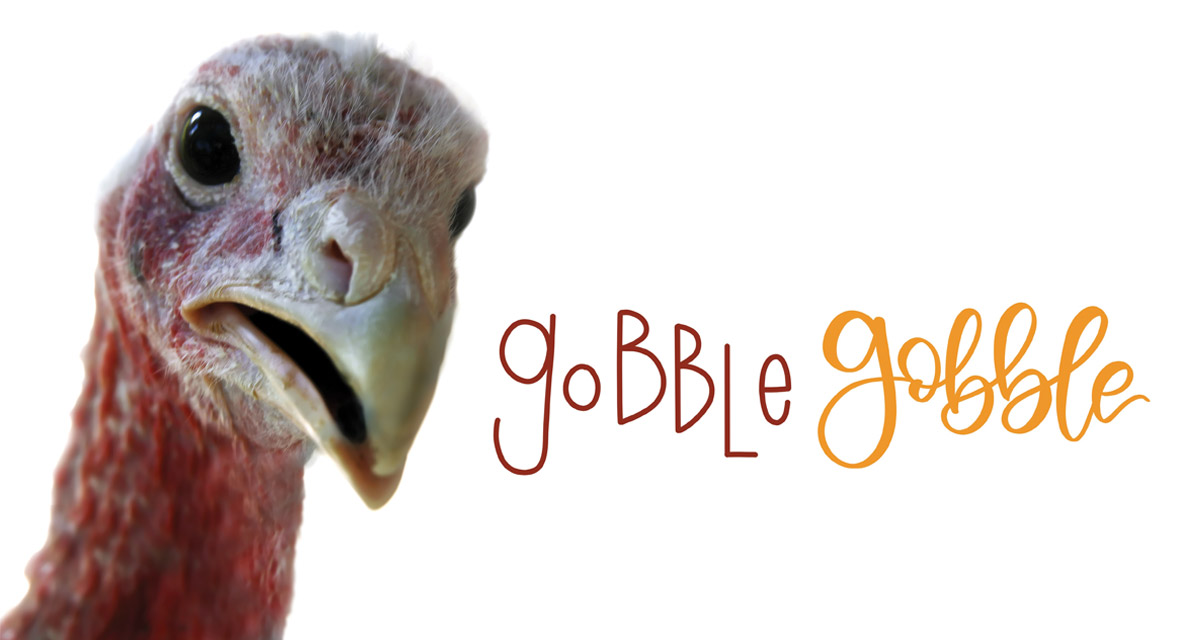The staple of our harvest celebration has many juicy and curious secrets. As you gather at the grand table among family and friends, the tribute displayed as the centerpiece includes more than just the tenderest pieces. Beyond the colloquial term “Turkey Day,” the bird is a fascinating creature of biology, myth, and history.
The Wishbone
Scientists have concluded the wishbone first belonged to meat-eating dinosaurs, namely the Tyrannosaurus Rex and the Velociraptor, dating back approximately 150 million years. The formation of the bone served as the connection point between muscles and as support for the expansion and flapping of wings. Also called a furcula, the wishbone acts as a spring.
Prior to setting this year’s wishbone aside, allow the children to test the elasticity.
Of Course, Turkeys Can Fly!
The spectacle of a turkey in flight is rare. Pursued by predators, female turkeys, called hens, prefer flight and can reach speeds of 55 miles per hour. With a running speed measuring 25 mph, most turkeys, especially gobblers, also known as Toms, remain grounded while grazing on grass and insects, nuts, seeds, and berries.
One of the most widely commercial breeds, the white turkey, cannot fly due to its broad breast and substantial weight.
Tryptophan Connected to Sleepiness
Leaning back in a chair after consuming delicious heaps of stuffing, sweet potatoes with a charred layer of marshmallow, cranberries, turkey, an average slice of pumpkin pie, and a ceremonial glass of wine, you may connect deep exhalations to the need for a nap. It seems logical, and science is involved, too. Combining the carbs from breads and sweet potatoes to pie and other sugary sweets, the body reacts to a high level of amino acids found in the food. Simultaneously, a chemical reaction occurs when the body absorbs turkey meat. Tryptophan, also found in cheese, nuts, and shellfish, stimulates the release of serotonin. If you are familiar with the natural sleep aid, melatonin, serotonin similarly produces a hormone to relax the body and mind. The glass of wine will foster the need to sleep.
Contentment Matters
The turkey is a sensitive creature. If you have ever seen frightened turkeys, their first instinct is to flee toward one location, jump, and begin the effort to create a stack, ultimately smothering those on the bottom. For this reason, turkeys remain in small flocks to help balance their fragile nerves. Scientists believe the filoplumes, or hair feathers, serve as a sensory function to alert other turkeys. From the moment the turkey awakes, a series of soft yelps are sent to ensure that the group is okay. If perched in a tree, a wild turkey will wait to hear from the others before descending from the roost. Only the gobblers can make the iconic sound. Hens communicate through clucks or soft chirps.
Through tasting the meat, you’ll instantly know if your gobbler or hen was contented. If displeased with its environment, the turkey will release a stress hormone affecting its flesh.
Choosing the Right Bird
Weight is often the only requirement to be the prized choice for the big day. While an adult gobbler may weigh between 16 and 22 pounds, the snood, defined as the fleshy protuberance growing above and over the beak, is a valuable indication of a turkey’s health. A short snood may appear as a horn and suggest the bird is agitated or threatened; on the other hand, the gobbler with the longest snood will always win a hen’s attention, indicating his robust health and spirit.
History, the “Turkey Pardon”
At the sweet age of eight, Tad begged his dad to spare the life of a turkey meant to be the White House’s Christmas dinner in 1863. It was ironically named “Tom.” As an animal lover, Abraham excused himself from a cabinet meeting to issue “an Order of Reprieve” for the bird. Even though President Lincoln established the National holiday, Thanksgiving, and an unofficial “First Turkey Pardon,” the first official Presidential Proclamation arrived in 1963, when the words, “Let’s keep him going.” were used to keep the unnamed Tom gobbling.























